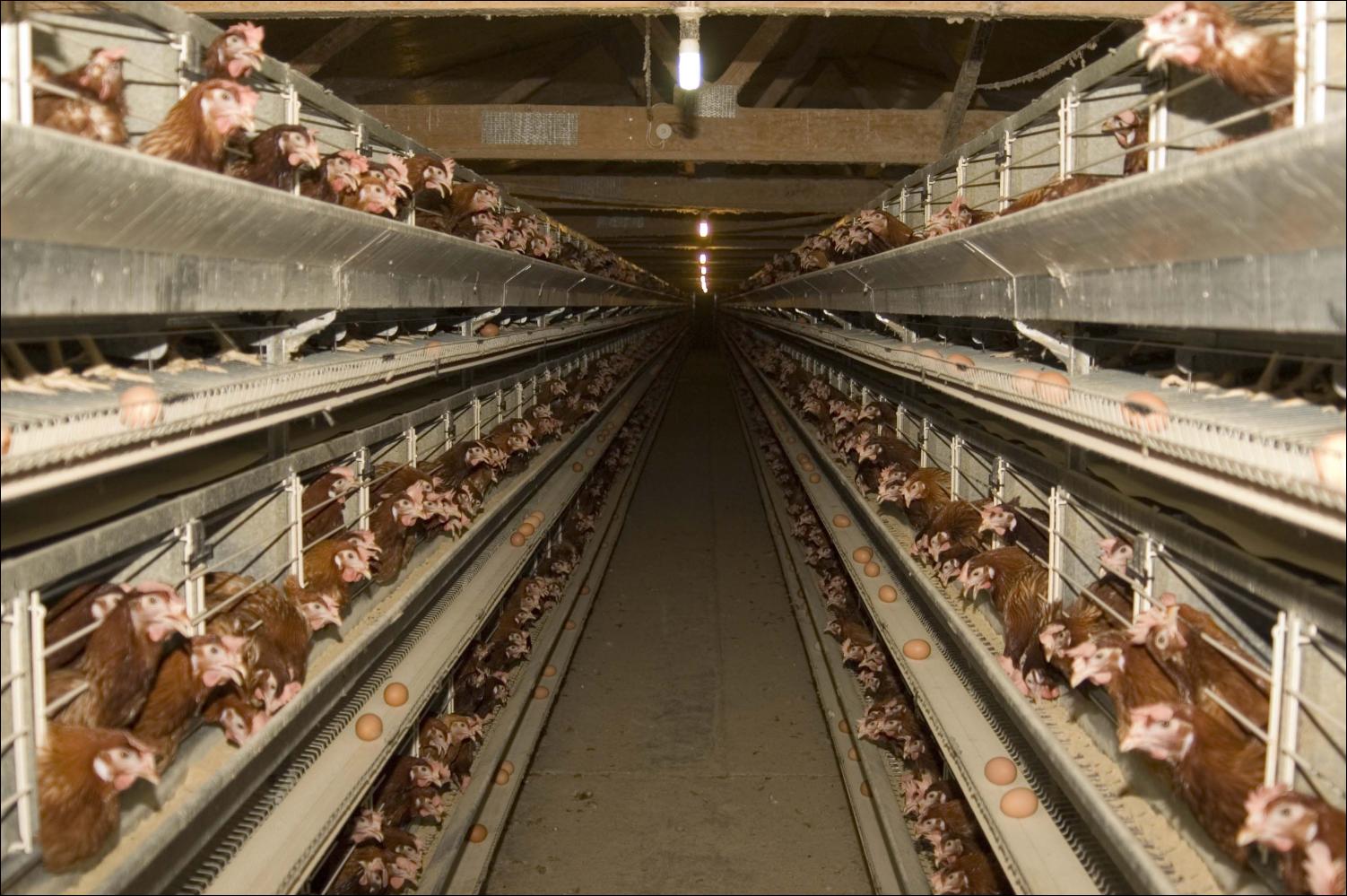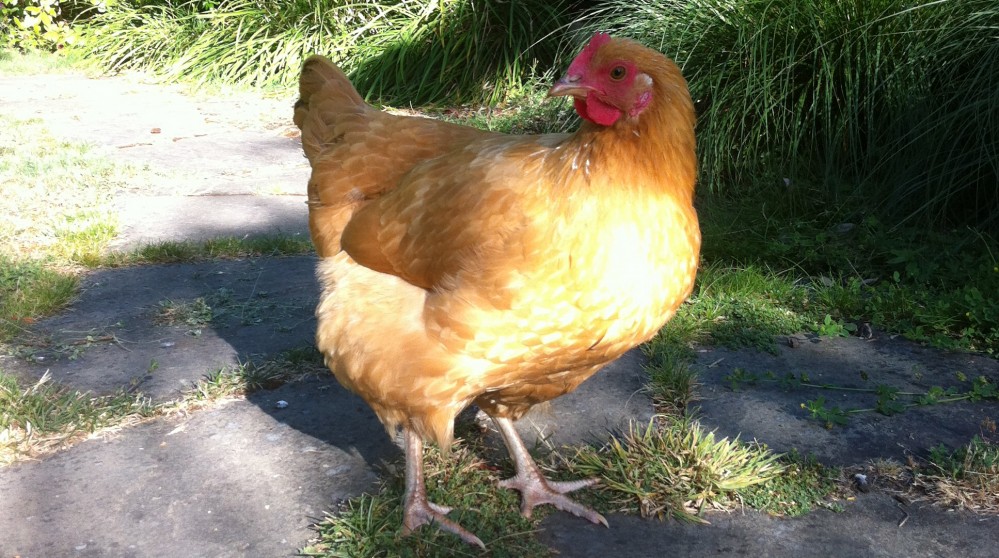In Canada, battery cages provide a minimum of 432 cm² per bird, with five to seven birds in each cage (National Farm Animal Care Council, 2003). Cages represent 90% of egg production in developed countries (Tauson, 1998).

Source: www.worldpoultry.net
Why battery cages?
Wire flooring allows for a hygienic environment that reduces disease and improves food safety. Feces simply falls through the floor into a collection basin (Street, 2012).
Air quality is improved since dust and ammonia levels can present a problem in litter-flooring systems unless well managed (Street, 2012).
According to the National Farm Animal Care Council (2003), “[b]irds in cages seldom require medication.”
Favored over floor housing systems because stacked cages allow for higher stocking densities, and less labour, thus reducing costs for the producer (Tauson, 1998).
Reduce cannibalism outbreaks which are a problem in larger flocks (Tauson, 1998).
In conventional cages, lack of natural wear causes excessive claw growth. The overgrown claws often result in trapping, scratches on cage mates and bleeding from broken claws. An abrasive, sandpaper-like strip may be installed in the cage, and has shown to be very effective in wearing down claws. In 1993 Swedish animal welfare legislation made such strips mandatory (Tauson, 1998).

Source: Scoop Independent News
Disadvantages:
Deny the hens natural behaviours such as perching, dust bathing, foraging and nesting.
Many reference the five freedoms as defined by the Farm Animal Welfare Council of the UK (2009) as evidence of the welfare problem presented by cage systems. Such cage systems in theory provide Freedom from Hunger and Thirst, Freedom from Pain, Injury or Disease and Freedom from Fear and Distress. However Freedom from Discomfort and Freedom to Express Normal Behaviour are highly compromised in caged systems particularly those that are unfurnished.

Source: http://uk.safestb2b.com/battery-cages-for-layers-ad-35345

Could I the citation for your sources? I would like to read the article from Street.